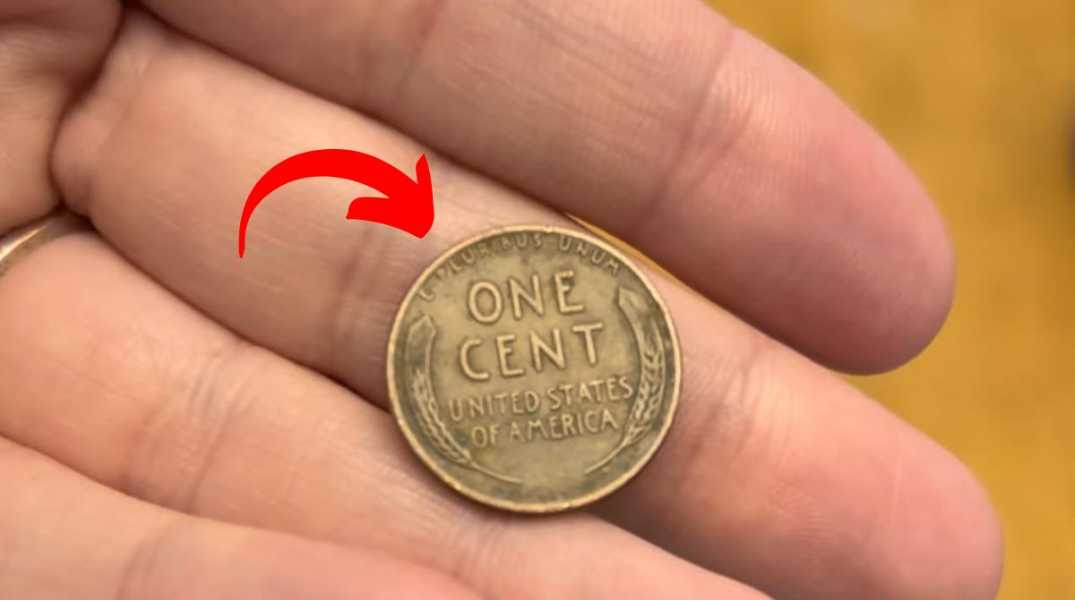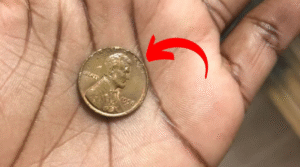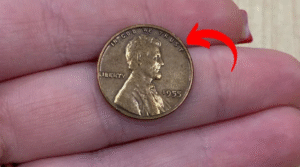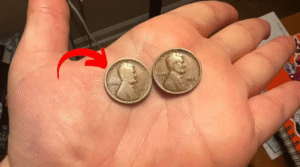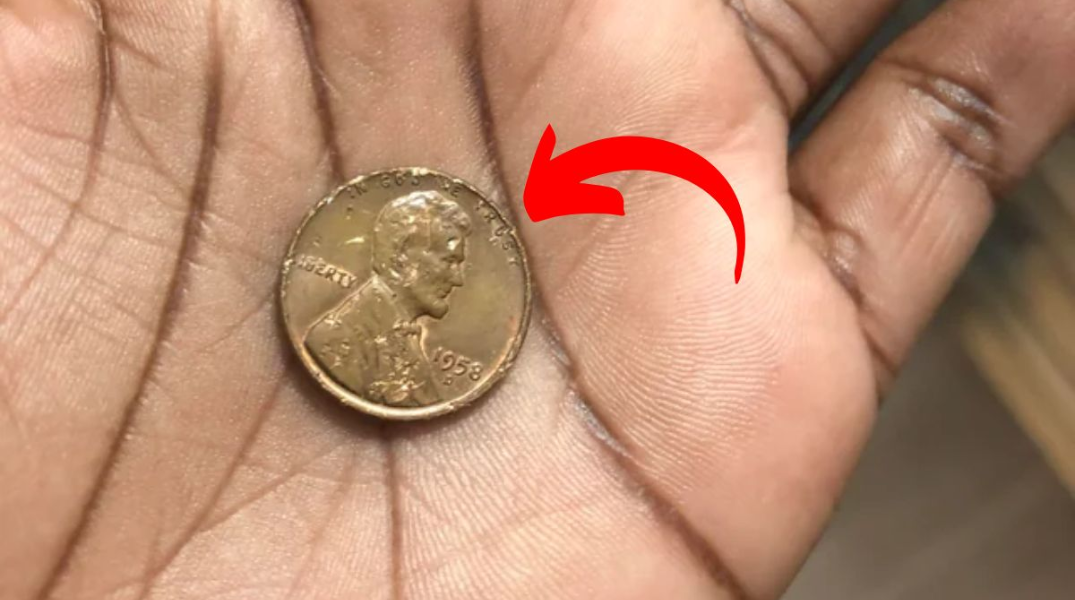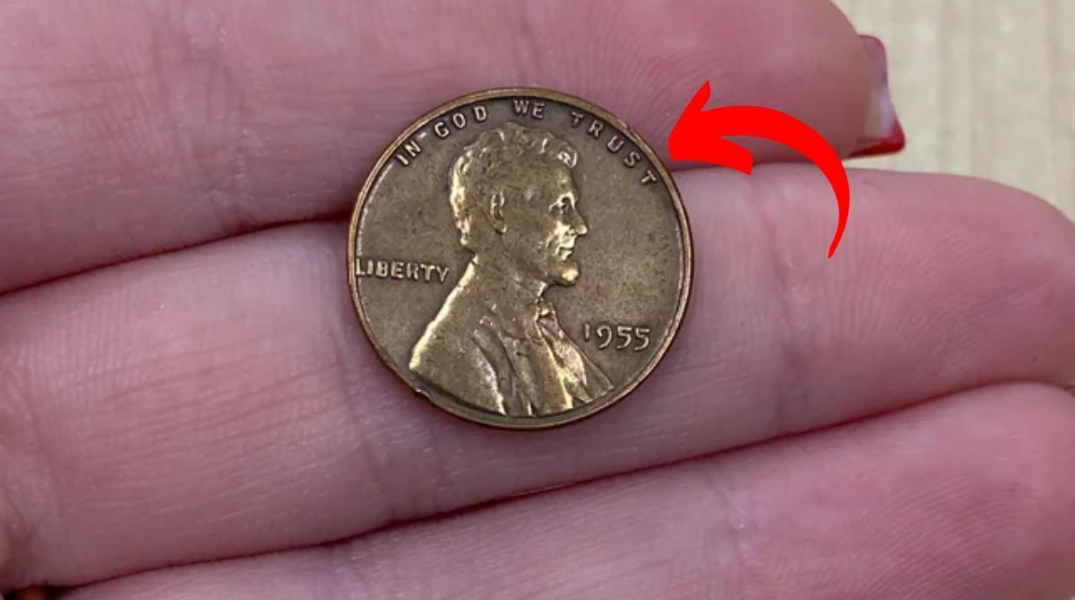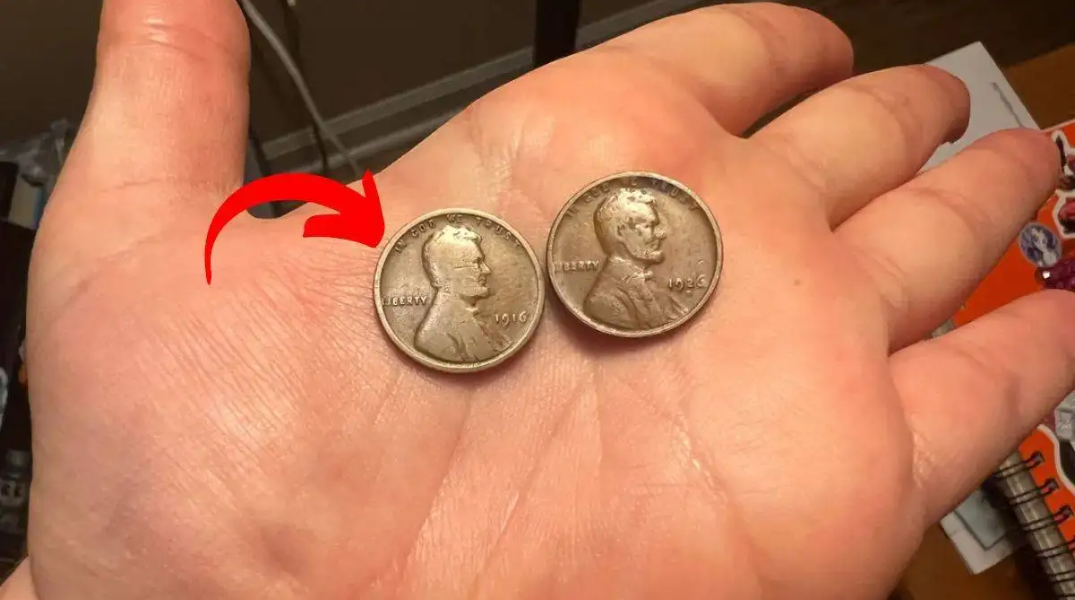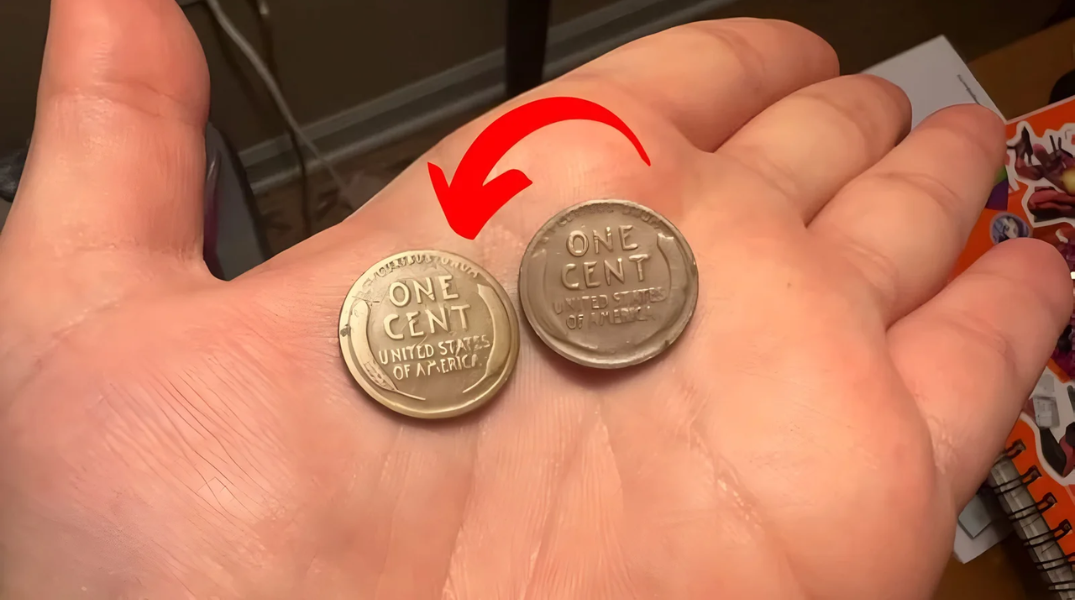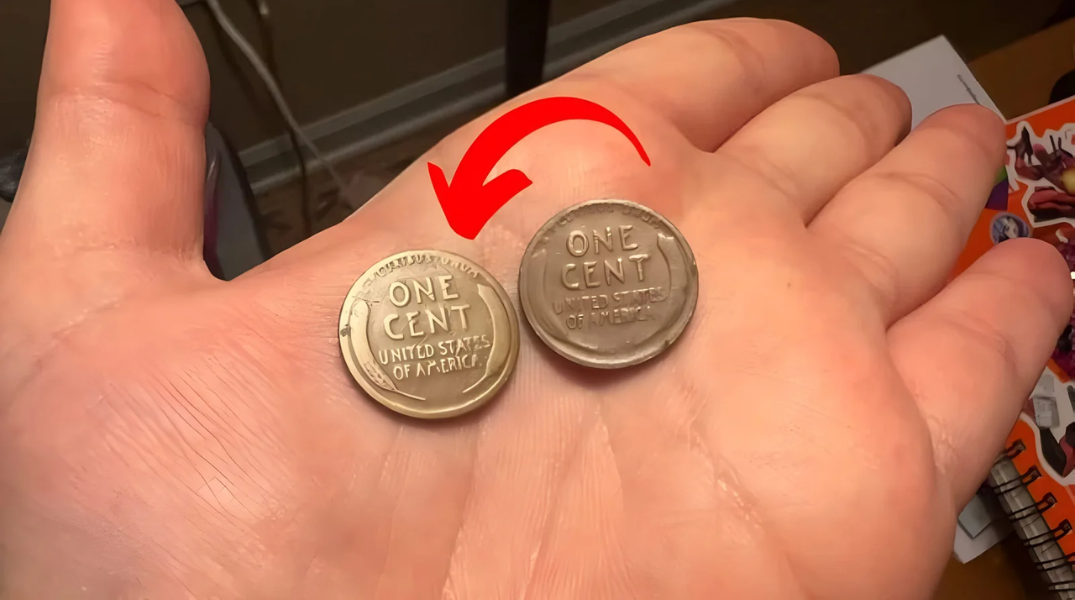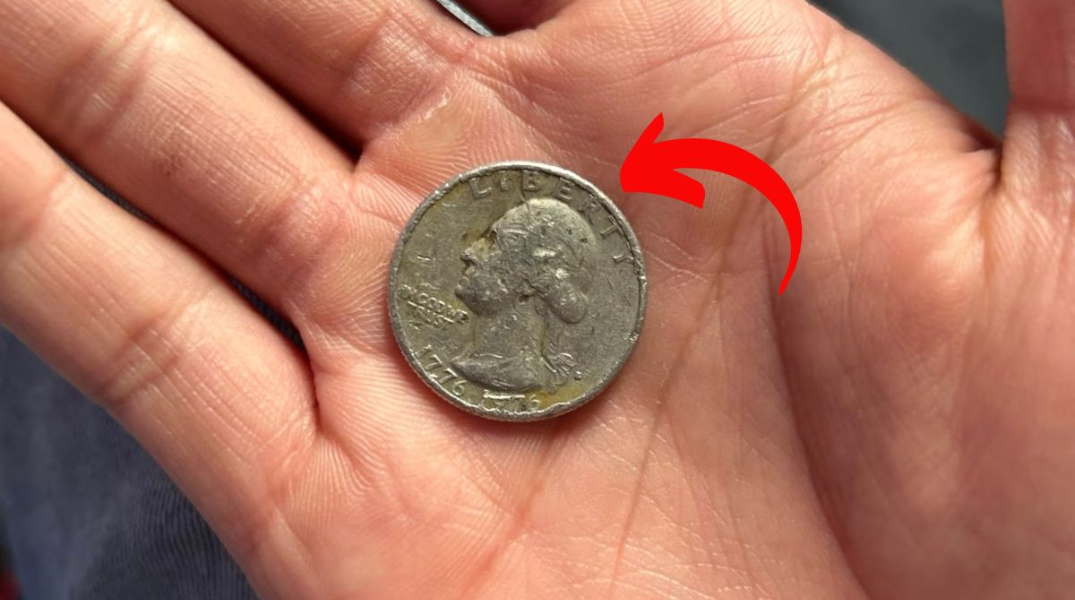The Lincoln Wheat Penny Valued at $950000 – Have you ever dumped your spare change on the table and wondered if something rare might be hidden among the dull copper coins? Believe it or not, one ordinary-looking penny could be worth nearly $1 million. That’s no exaggeration. Certain Lincoln Wheat Pennies—especially the elusive 1943 copper version—have stunned the coin collecting world with sky-high auction prices. The most exciting part? Some of these coins may still be circulating in everyday pocket change, totally overlooked by unsuspecting spenders.
Let’s dig into the history, value, and treasure-hunting tips that might just help you discover a fortune hidden in your loose change
The Story Behind the Lincoln Wheat Penny
Introduced in 1909 to honor the 100th birthday of Abraham Lincoln, the Lincoln Wheat Penny broke new ground—it was the first American coin to feature a real person instead of a symbolic figure. Created by artist Victor David Brenner, the penny features a side profile of Lincoln on the front and a simple but elegant reverse showing two wheat stalks. These coins were minted until 1958, when the design was replaced with the Lincoln Memorial we know today.
That long production run means there are millions of Wheat Pennies still out there—but only a few are worth serious money.
What Makes a Penny Worth Nearly a Million?
Most Lincoln Wheat Pennies are only worth face value—or maybe a few dollars to a collector—but rare minting errors or limited runs make some of these coins incredibly valuable.
The star of the show? The 1943 copper penny.
Why Is the 1943 Copper Penny So Valuable?
In 1943, during WWII, the U.S. Mint stopped using copper for pennies to conserve it for ammunition and wiring. Instead, pennies were made from zinc-coated steel, giving them a shiny silver appearance.
But in a twist of fate, a few leftover copper planchets from 1942 were accidentally fed into the presses. The result? The ultra-rare 1943 copper penny.
Only about 15 to 20 of these coins are known to exist. And collectors will pay massive amounts for them—one reportedly sold for $1.7 million in a private sale. Another fetched $840,000 at auction. It’s not a myth—these sales are well documented by reputable coin dealers and grading services.
Other Wheat Pennies That Could Be Worth Thousands
While the 1943 copper cent is the crown jewel, several other Lincoln Wheat Pennies can bring in big bucks:
- 1909-S VDB Penny: Only 484,000 were minted in San Francisco, making it highly collectible. Value: $700–$100,000+ depending on condition.
- 1914-D Penny: A tough date to find, especially in high grades. Value: $200–$10,000+.
- 1922 “No D” Penny: A mint error where the Denver mint mark (D) was accidentally omitted. Value: $500–$15,000+.
- 1955 Doubled Die Penny: A striking mint error where the date and lettering appear doubled. Value: $1,000–$20,000+.
How to Tell If You Have a Valuable Penny
Before you toss that penny in a tip jar, take a closer look. Here’s what to check:
- Date and Mint Mark: Look under the year on the front. An “S” means San Francisco, “D” is Denver, and no letter is Philadelphia.
- Weight: A copper penny weighs about 3.11 grams. Steel pennies from 1943 weigh 2.7 grams.
- Magnet Test: Steel pennies will stick to a magnet. Copper ones won’t.
- Color: Steel pennies are silver; copper pennies have a brown or reddish tint.
Got something that fits the bill? Time to get it authenticated.
Where You Might Find One of These Gems
You don’t need to be a seasoned collector to stumble upon a treasure. Many rare coins have been discovered:
- In old jars or piggy banks
- While sorting coin rolls from the bank
- At garage or estate sales
- Hidden in grandpa’s forgotten coin stash
Even coin dealers sometimes miss valuable pieces, so stay alert.
What to Do If You Think You’ve Found a Rare Coin
Found something promising? Here’s your next move:
- Don’t clean it. Ever. Cleaning can slash the coin’s value.
- Handle it carefully, preferably by the edges.
- Get it authenticated by a reputable service like PCGS or NGC.
- Keep it safe in a coin holder or plastic flip until you know what it’s worth.
If the coin is authentic and valuable, contact auction houses or numismatic experts to explore your selling options.
FAQs: Lincoln Wheat Pennies and Hidden Coin Treasure
Q: What is the most valuable Lincoln Wheat Penny ever sold?
A: The 1943-D copper penny is one of the most valuable, with a known sale reaching $1.7 million.
Q: Are all 1943 pennies valuable?
A: No. Most 1943 pennies are steel and only worth a few cents. Only copper 1943 pennies are valuable.
Q: What does VDB mean on the 1909 penny?
A: It stands for Victor David Brenner, the coin’s designer. His initials appear on the reverse of certain 1909 coins, increasing their collectibility.
Q: Can I still find valuable pennies in circulation today?
A: Yes. While rare, valuable Wheat Pennies have turned up in everyday transactions, coin rolls, and even vending machine change.
Q: Are there fake 1943 copper pennies?
A: Unfortunately, yes. Some people alter 1948 or 1945 pennies to look like 1943 copper cents. Always have your coin authenticated.
Final Thoughts: Keep Your Eyes on the Change
Treasure hunting doesn’t always require a metal detector or pirate’s map. Sometimes, it’s as easy as checking your spare change. The next time you’re handed a penny, flip it over, check the date, and give it a closer look—you just might be holding a six-figure coin.
So, go ahead—check the couch cushions, dig into your junk drawer, and keep an eye out at the next yard sale. That glimmering piece of copper could be more than pocket change—it could be history in your hand.
